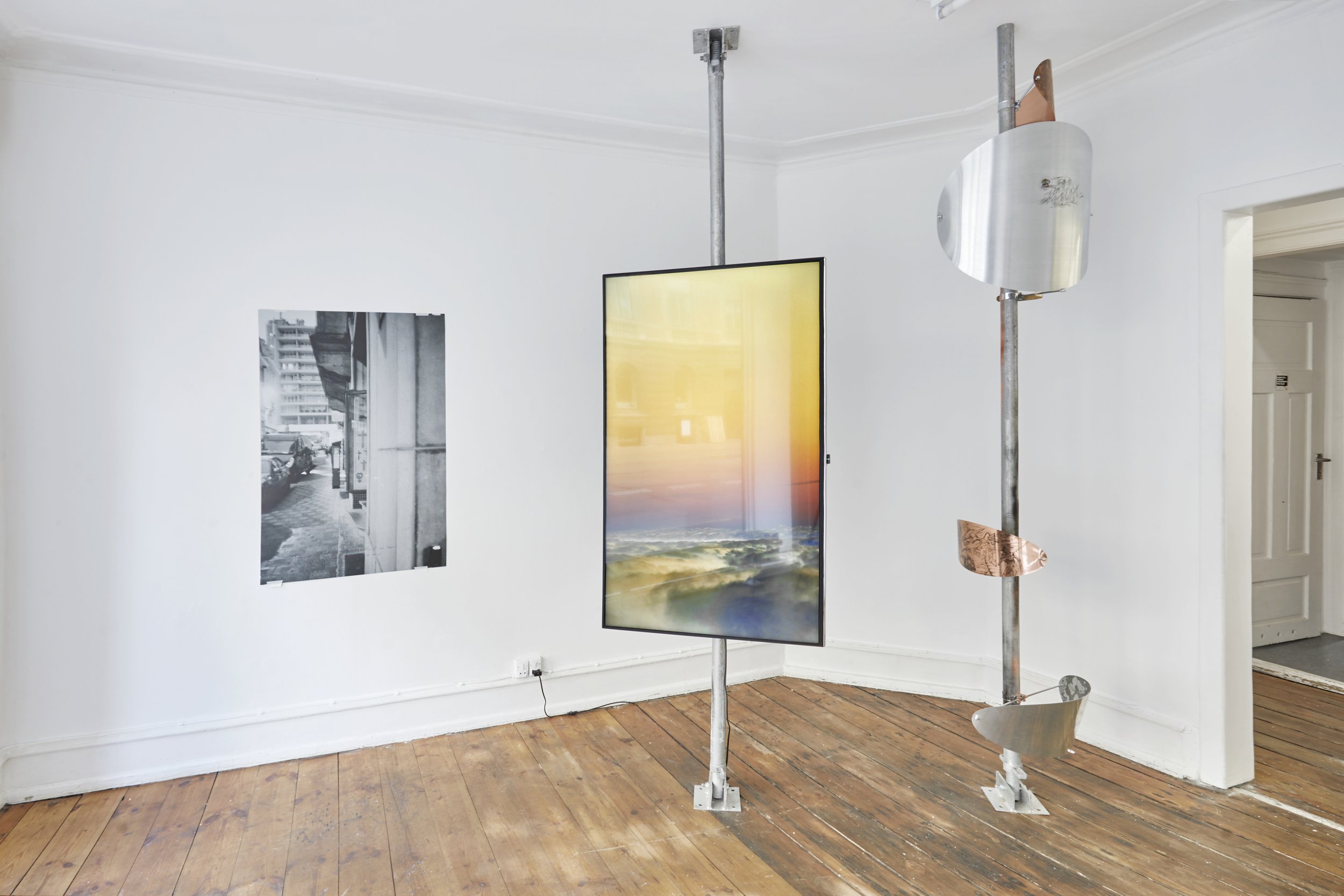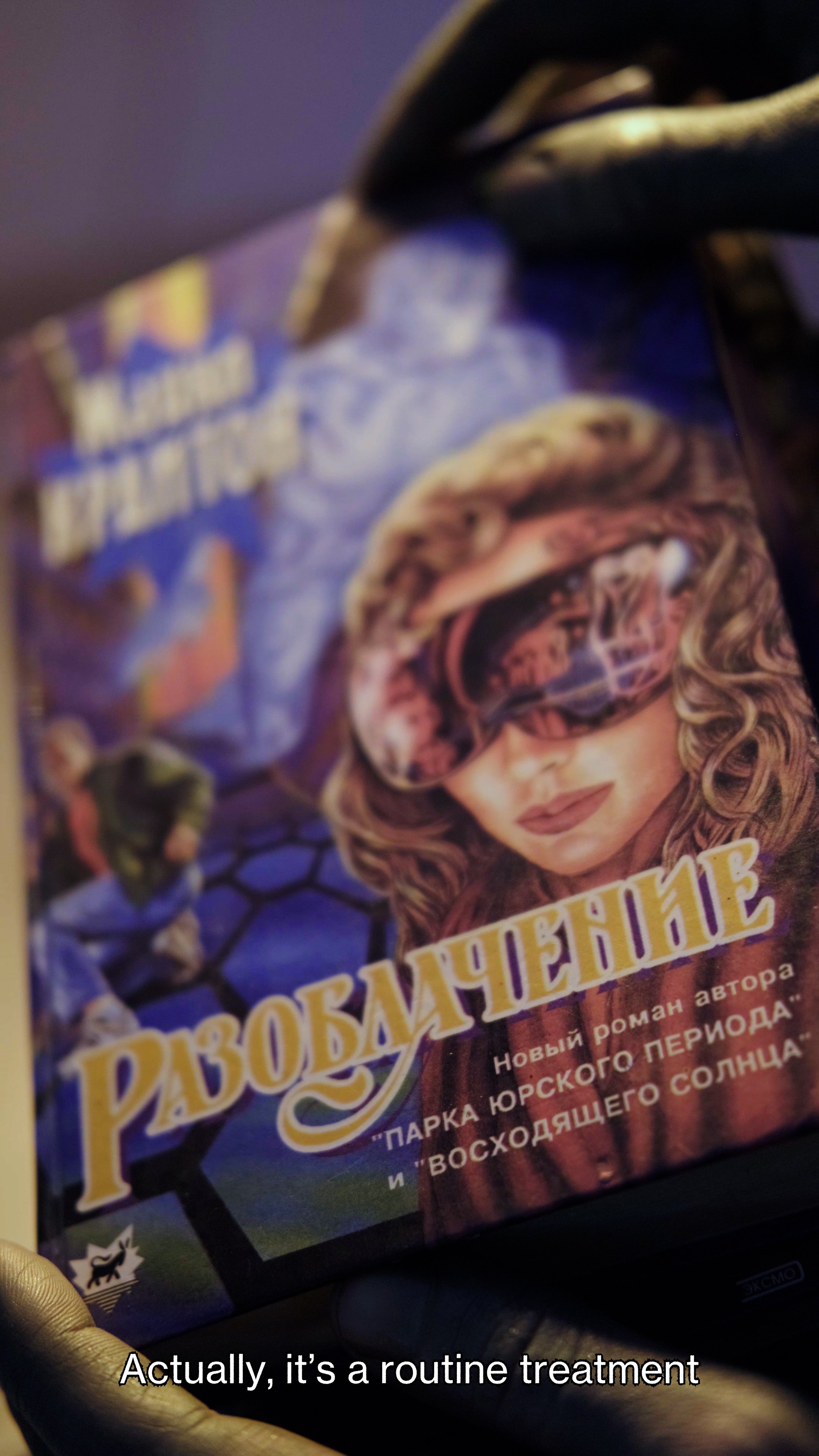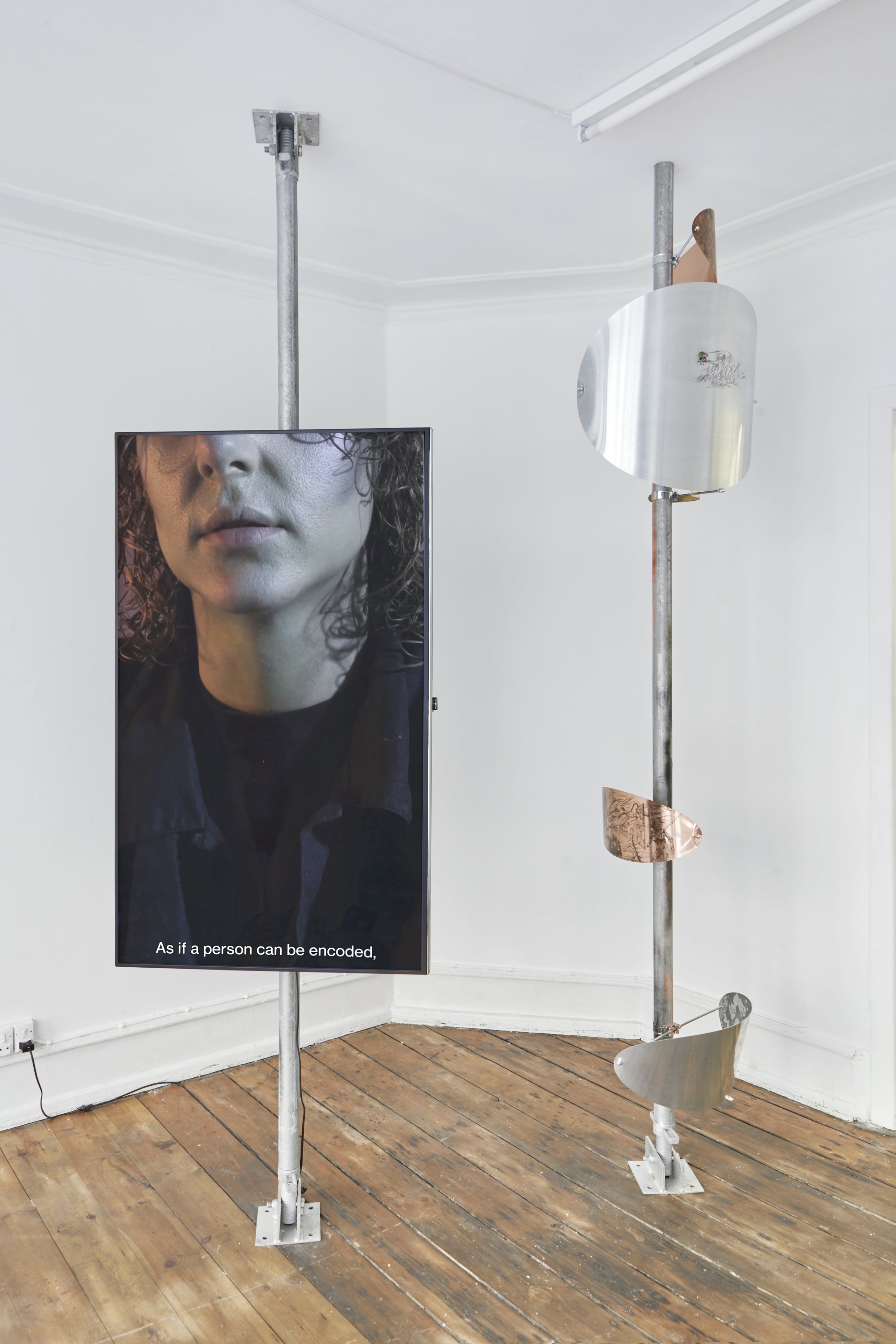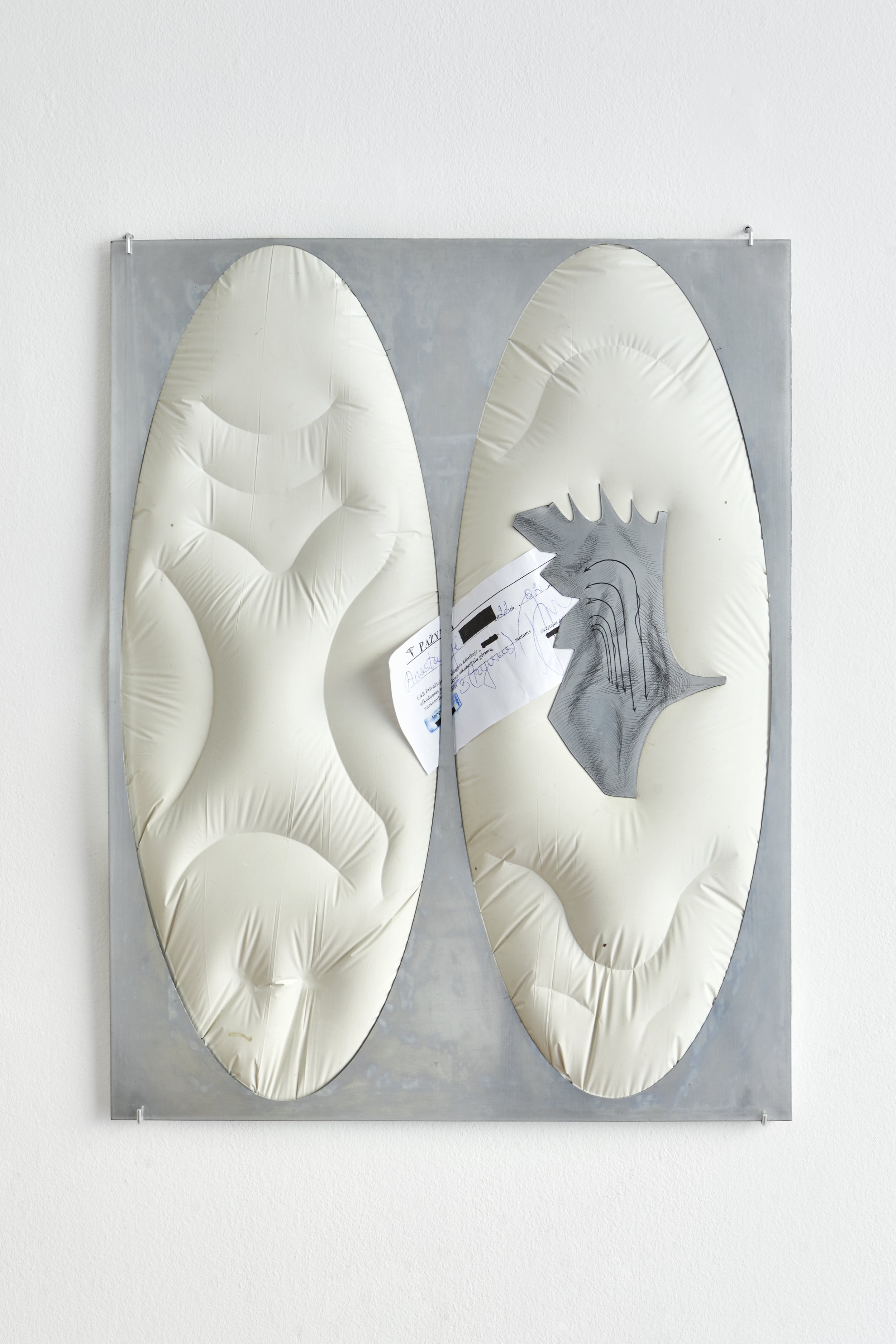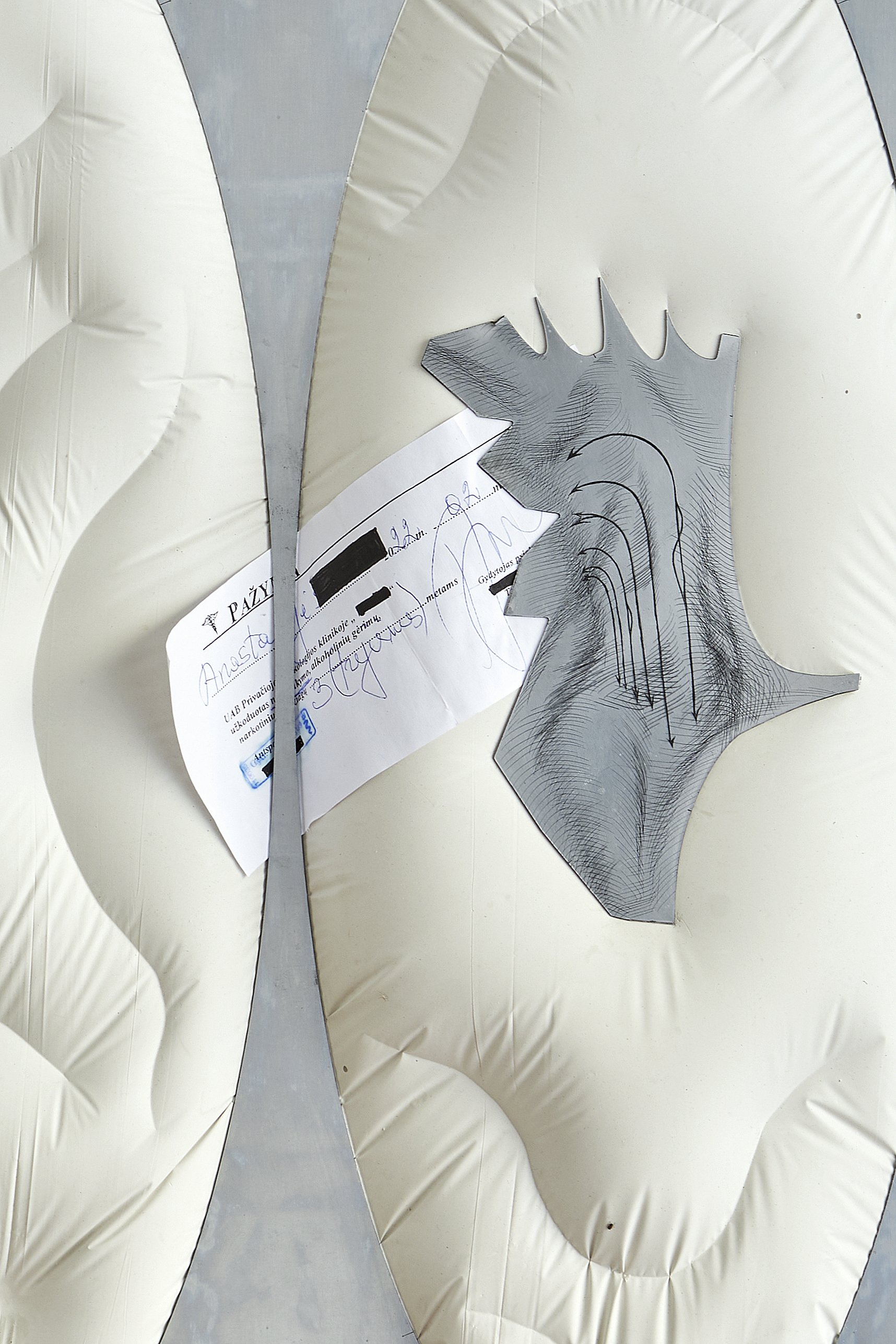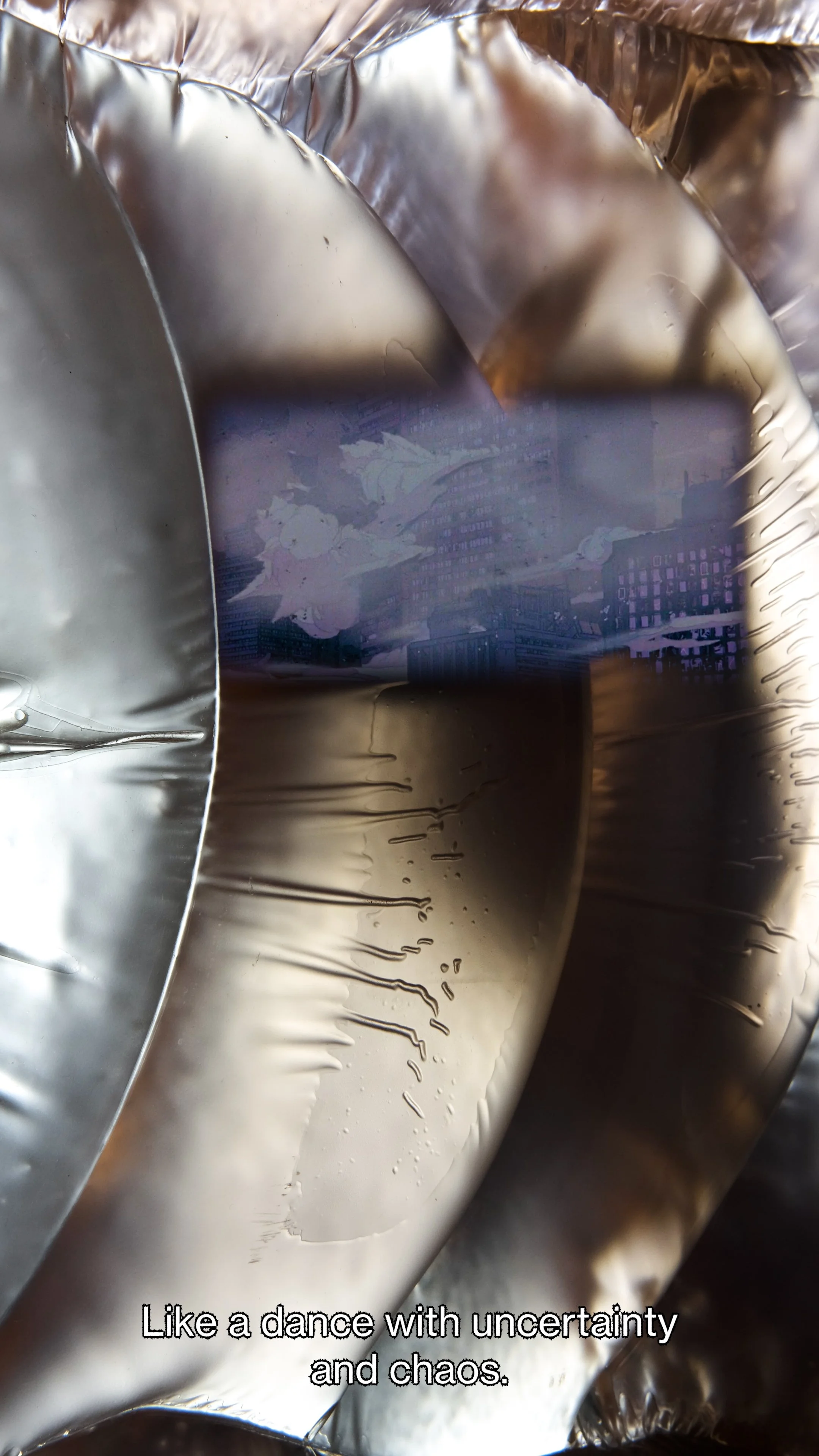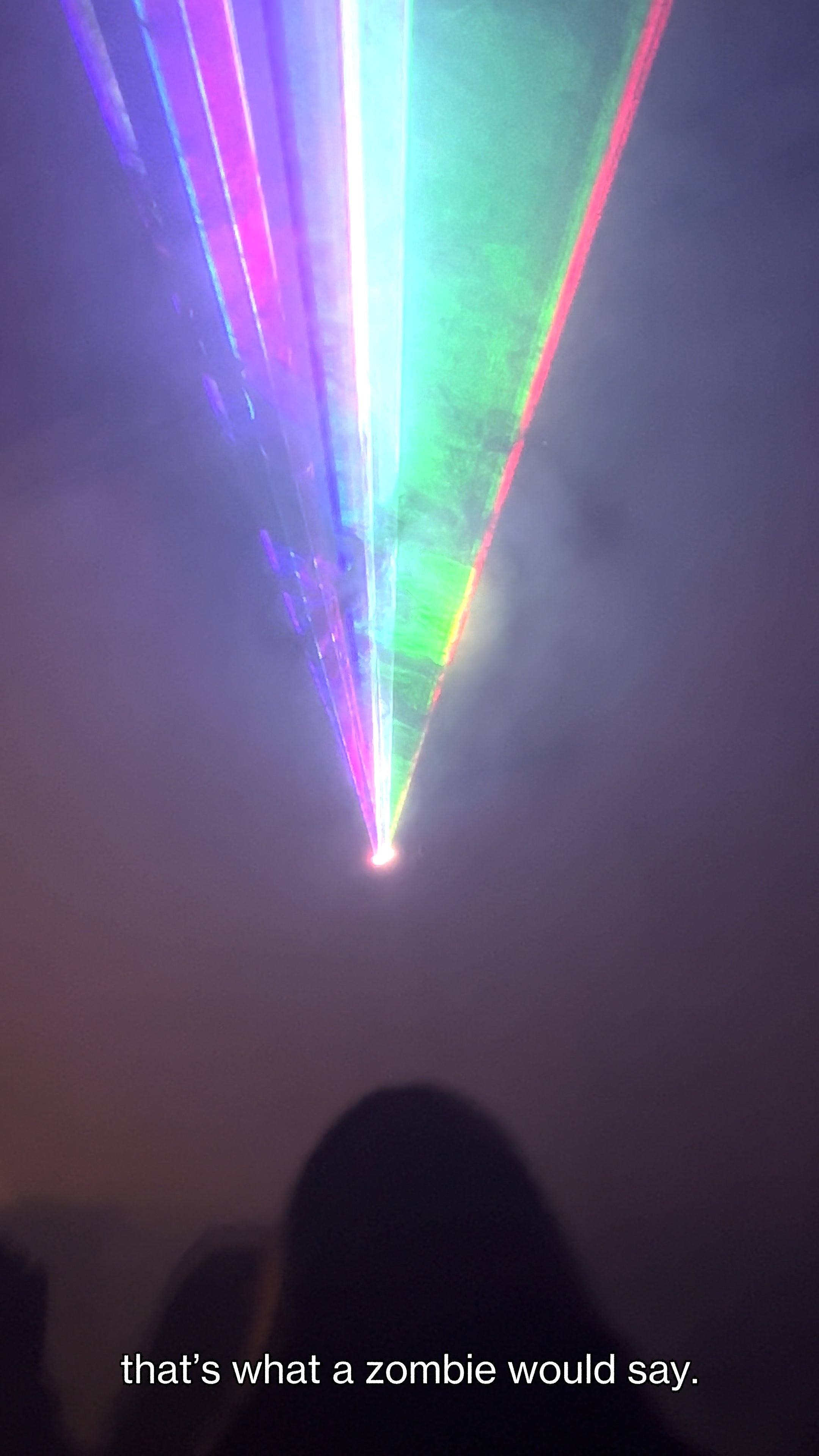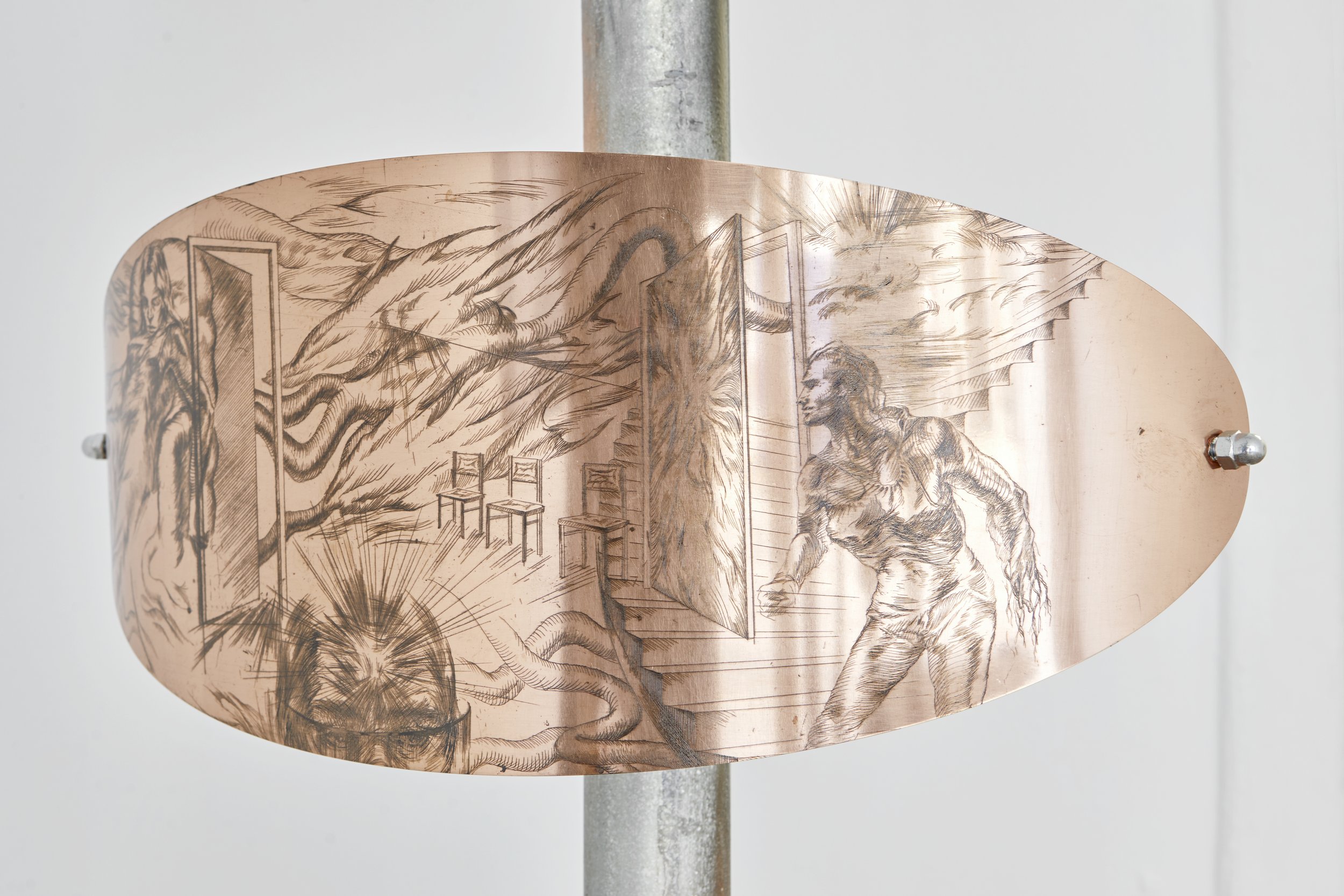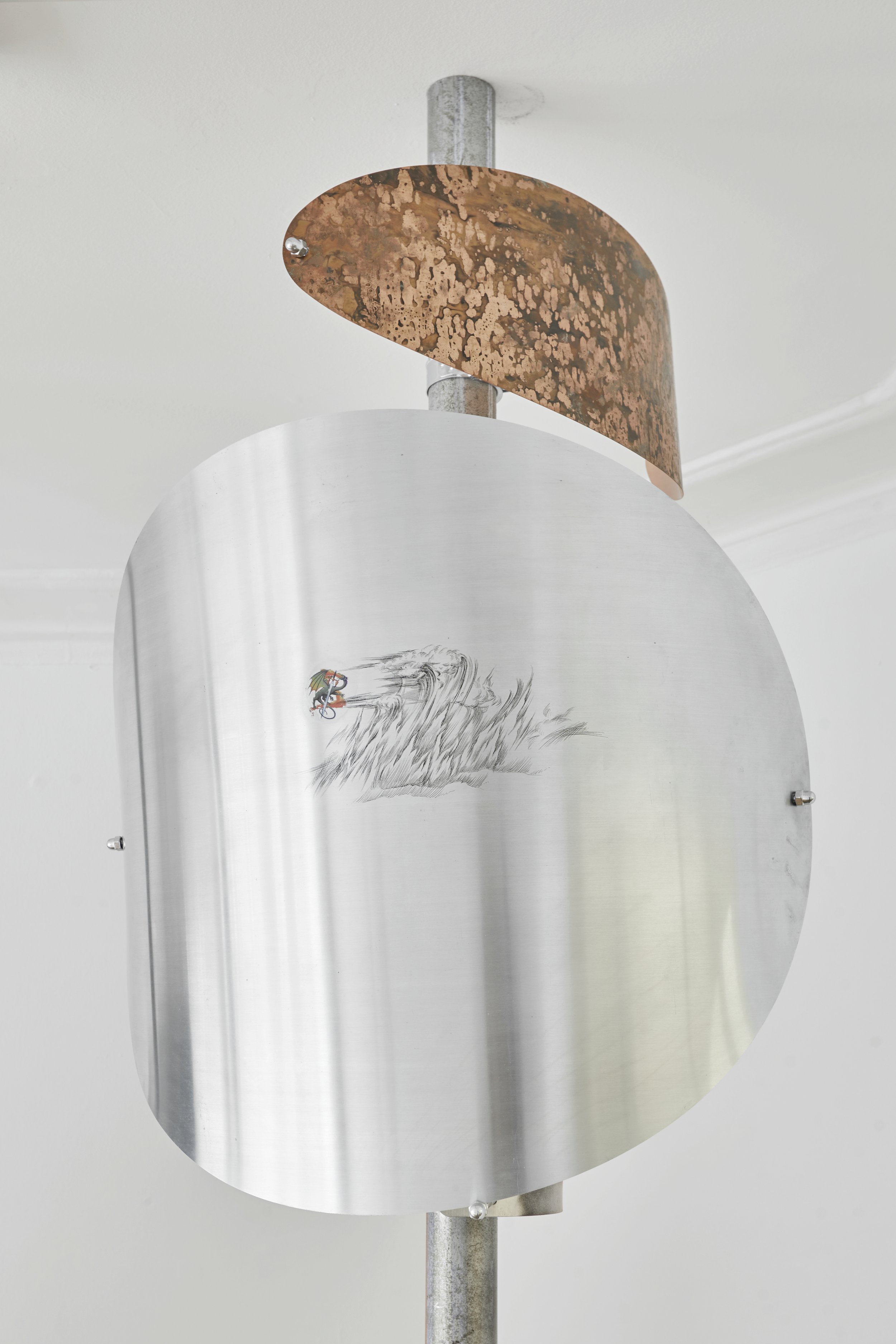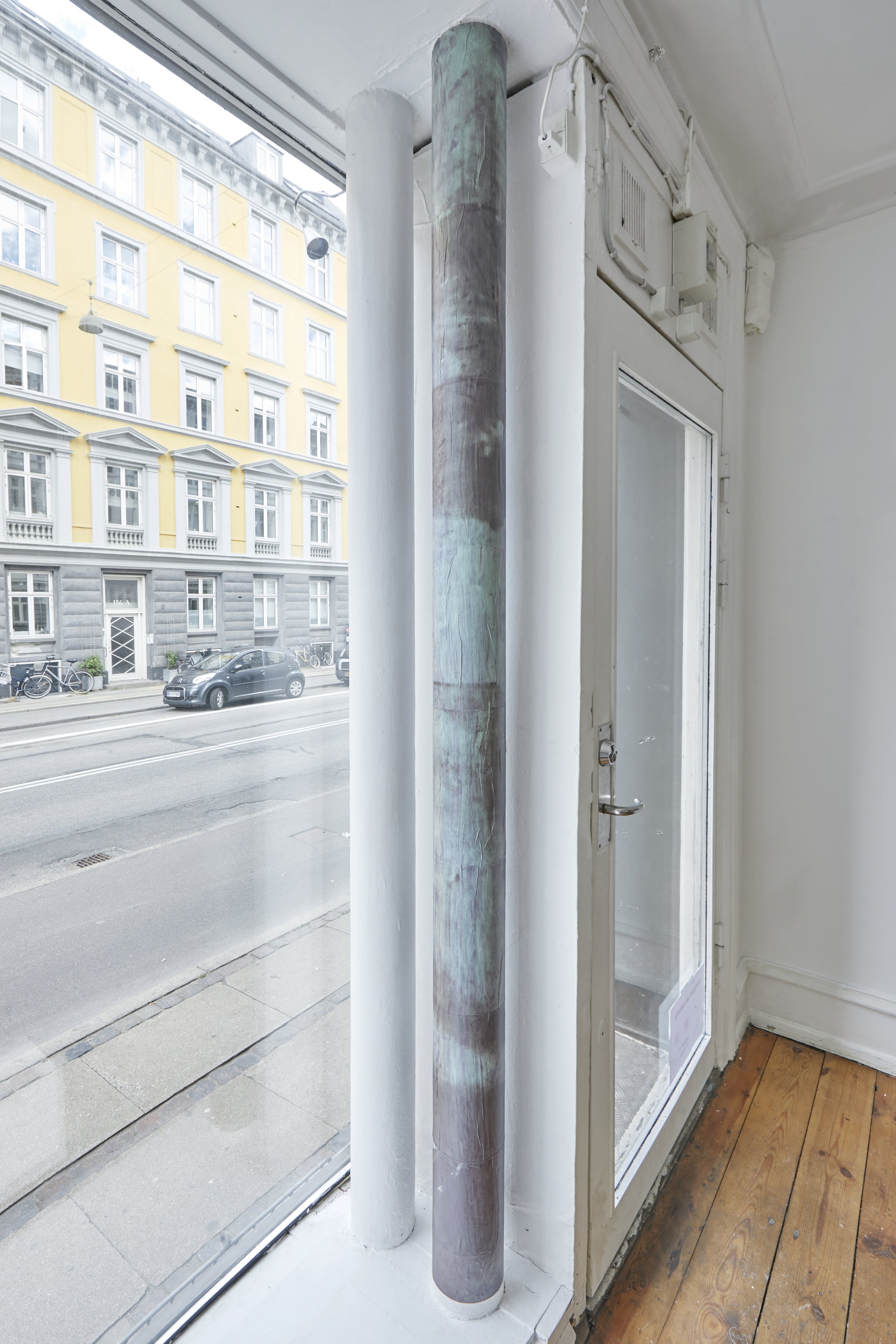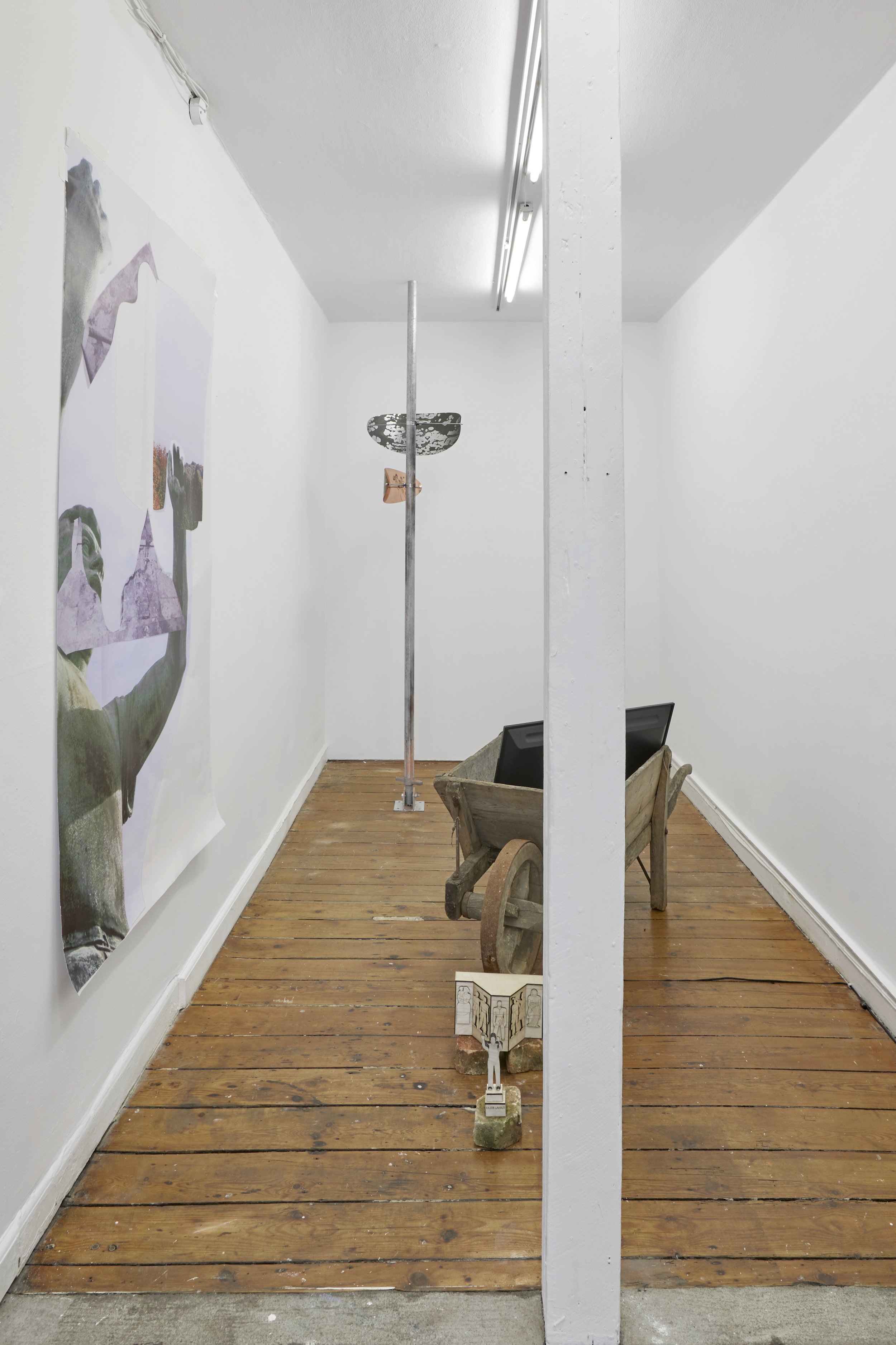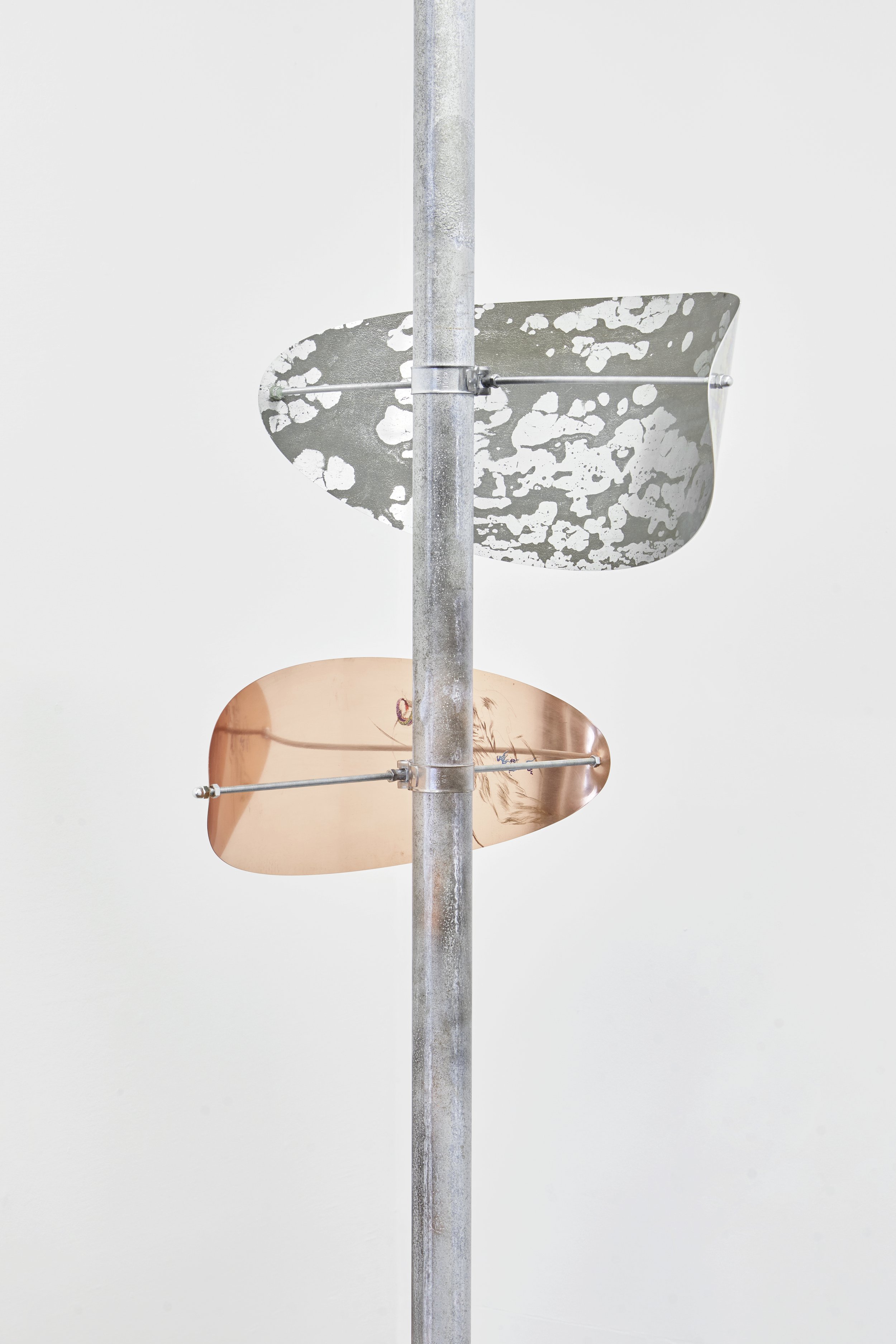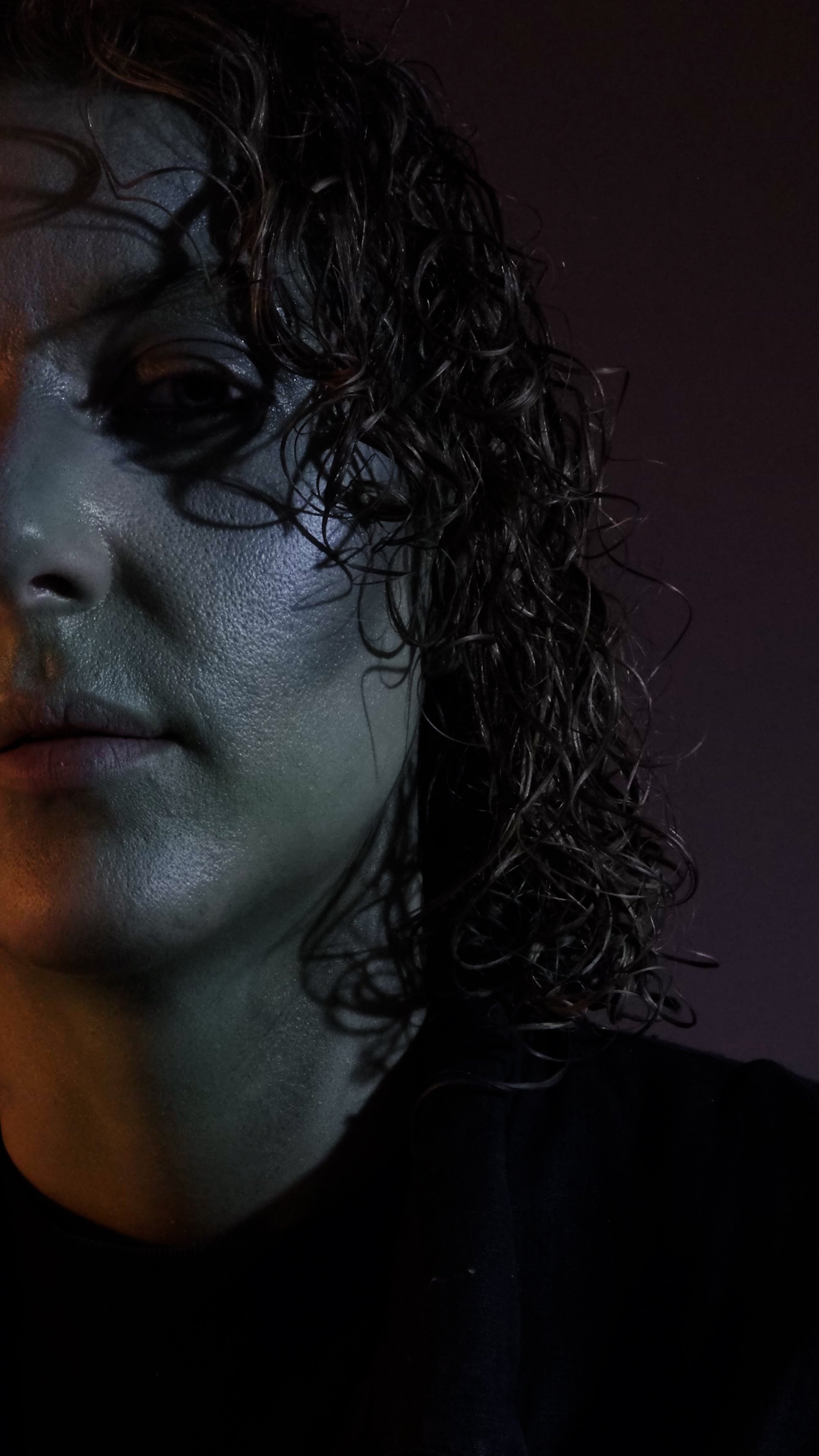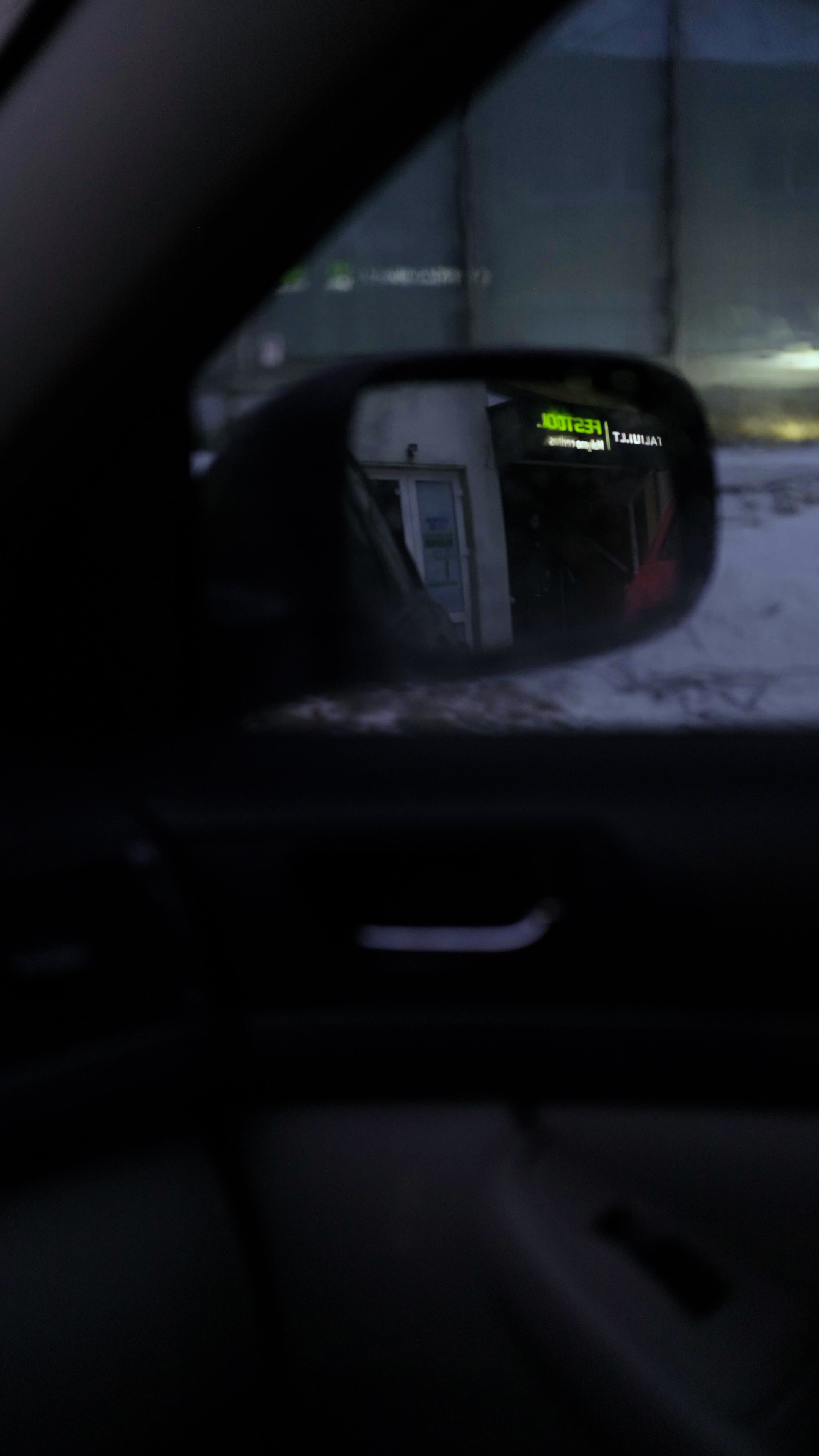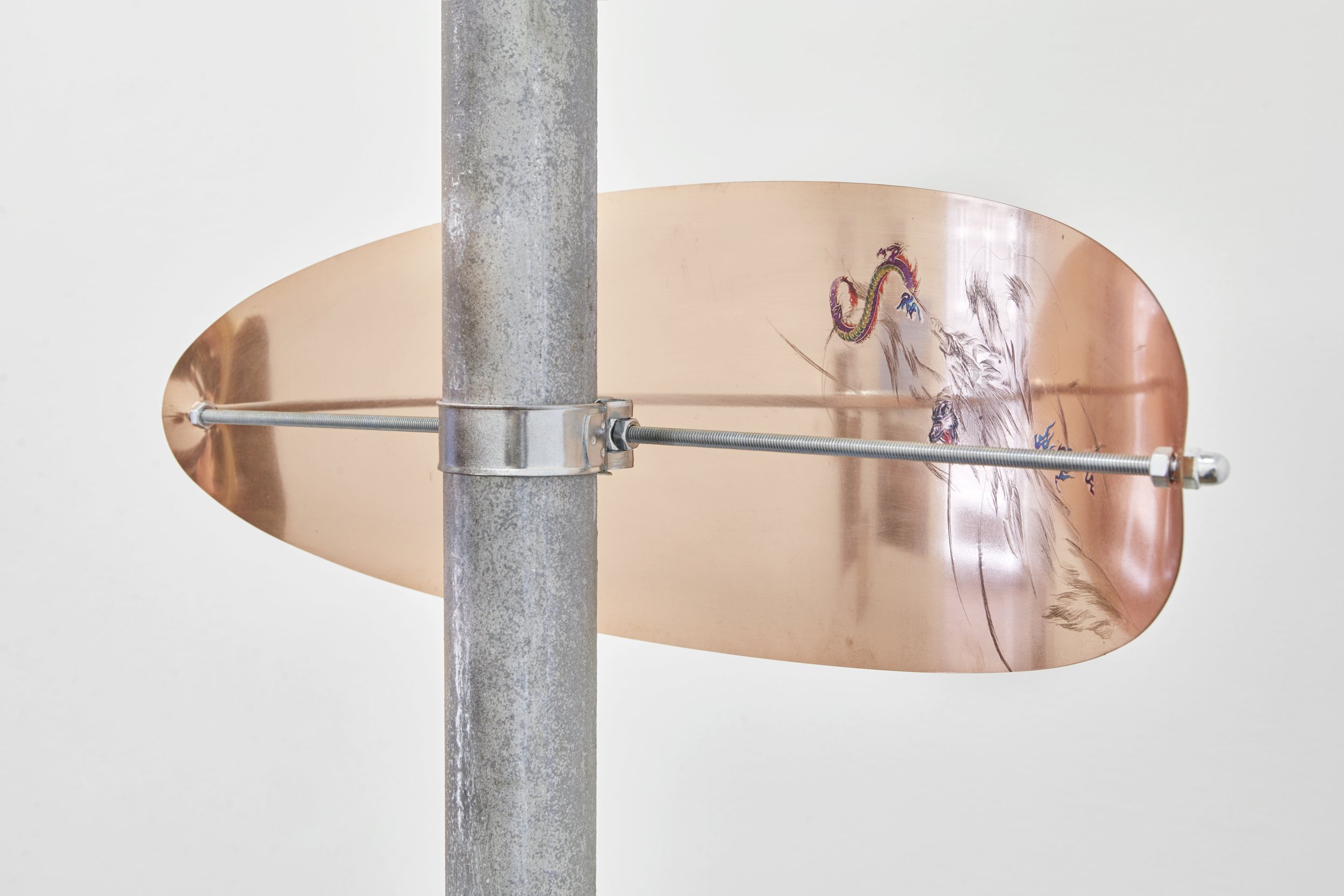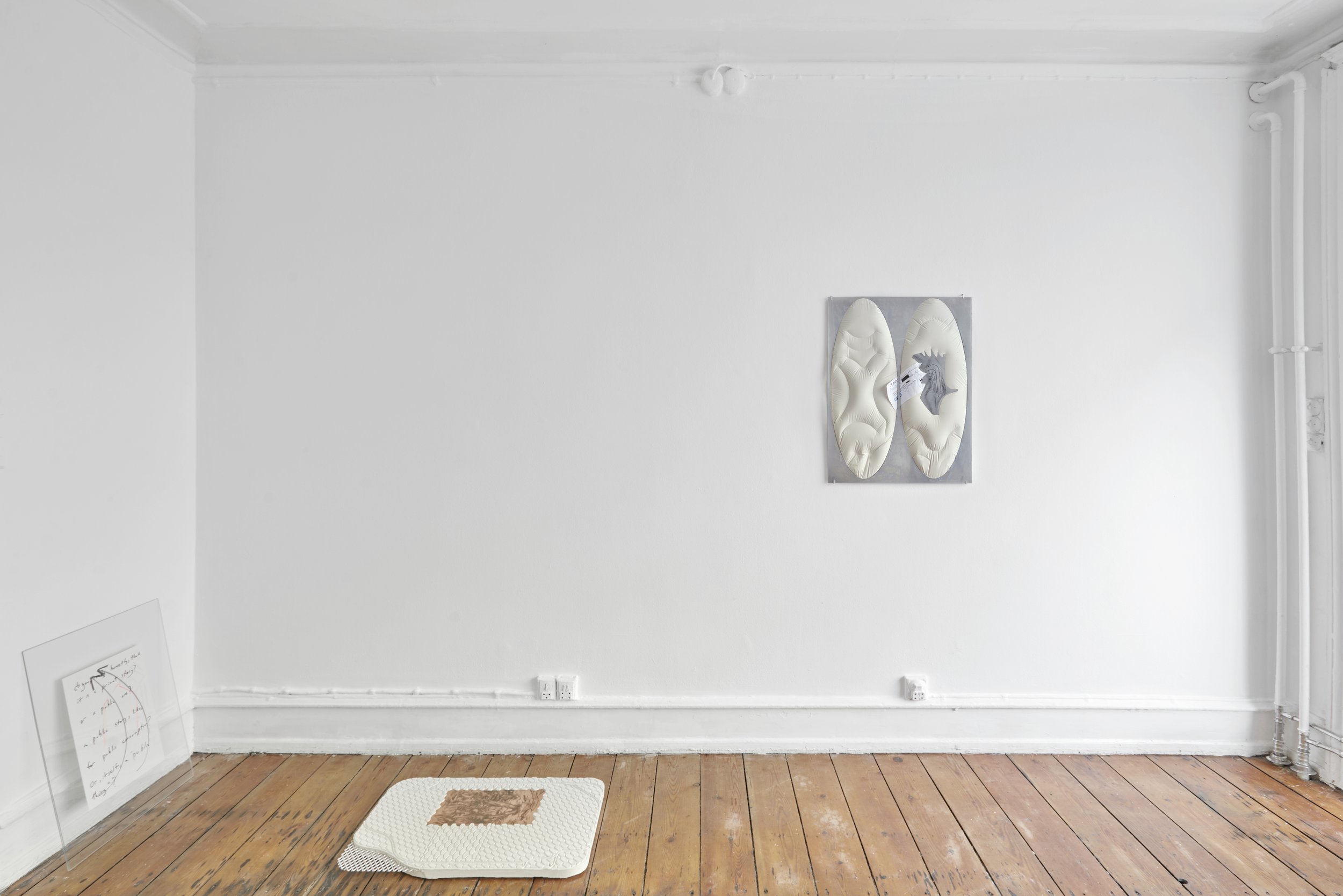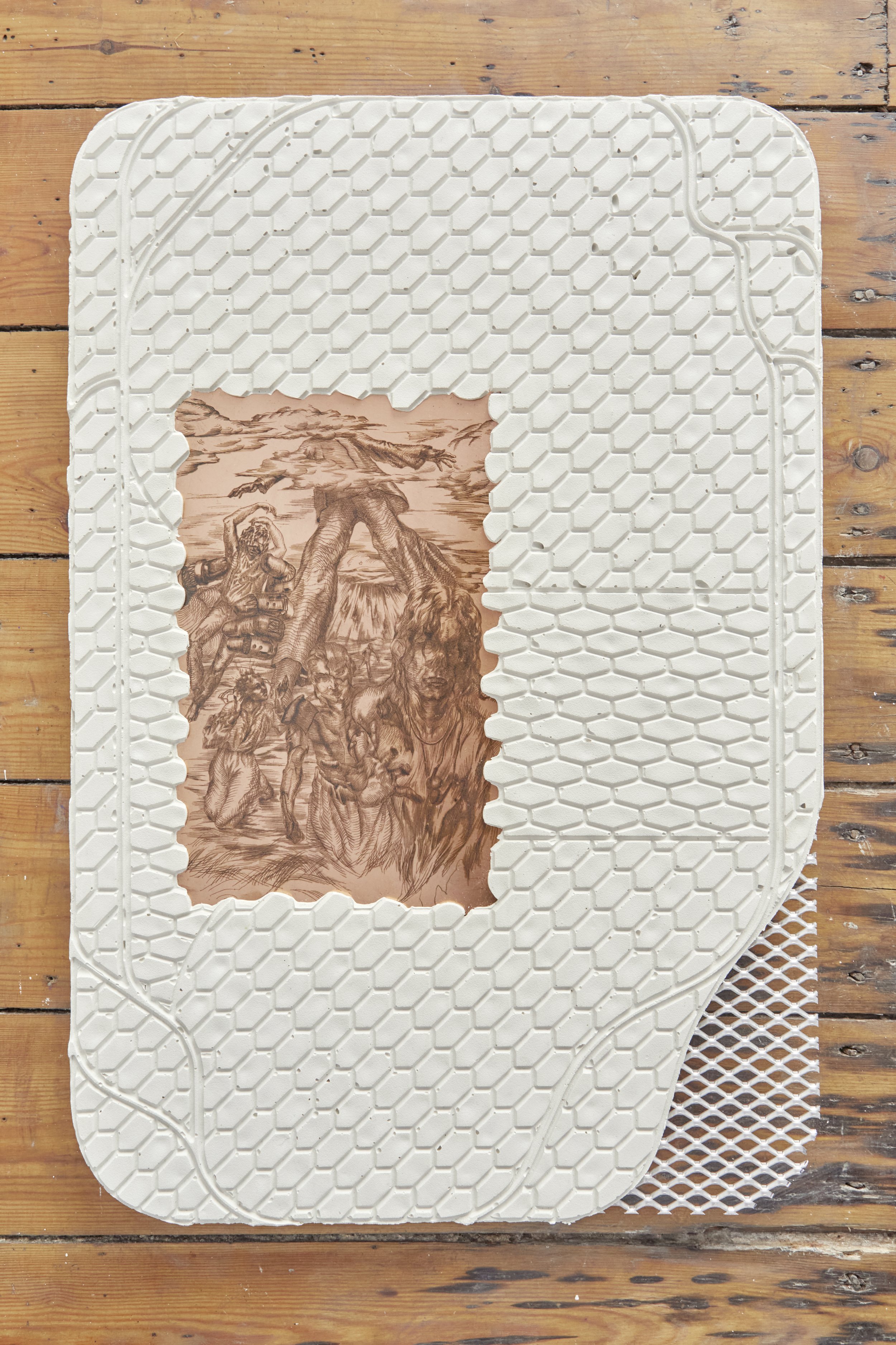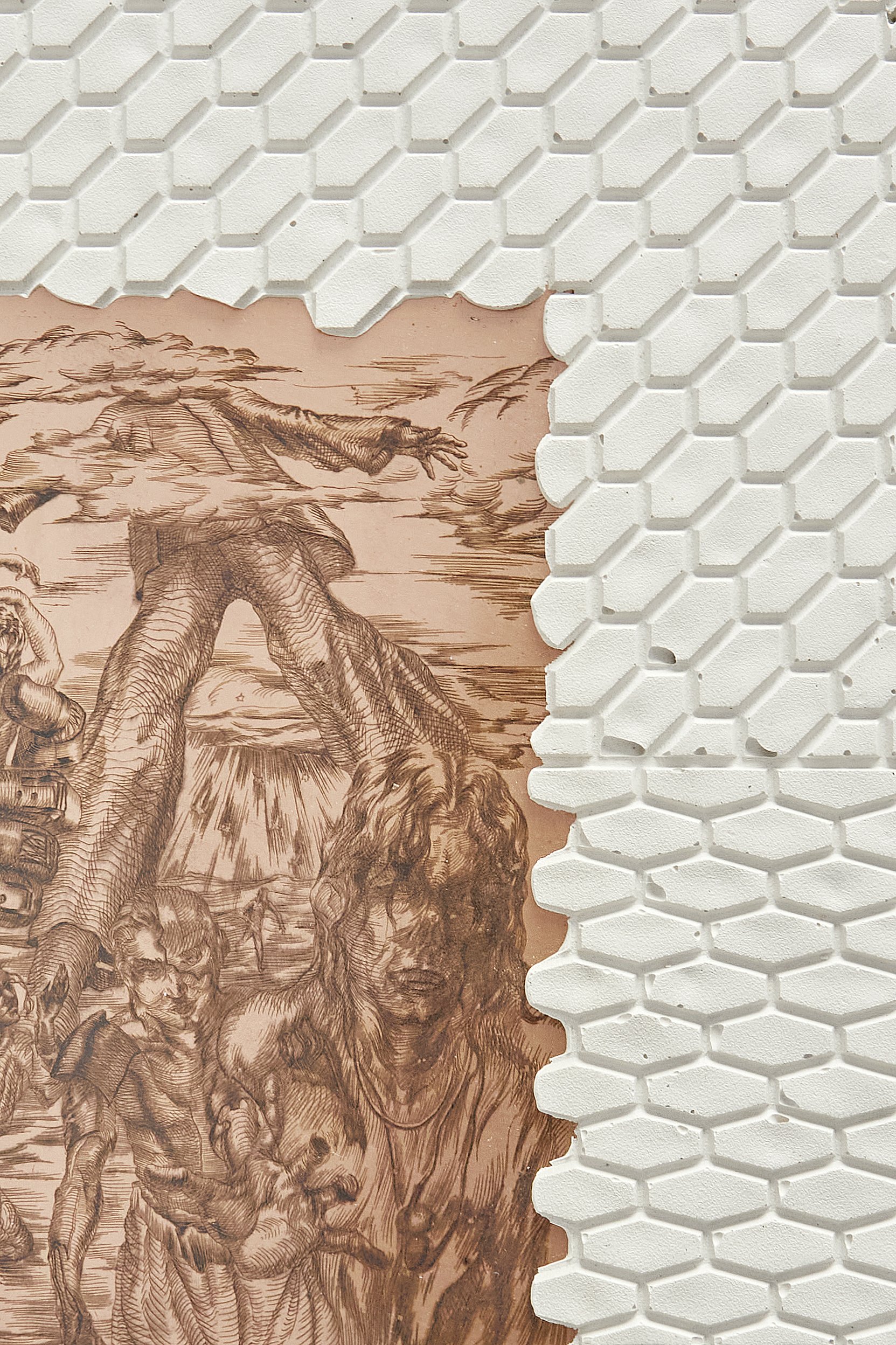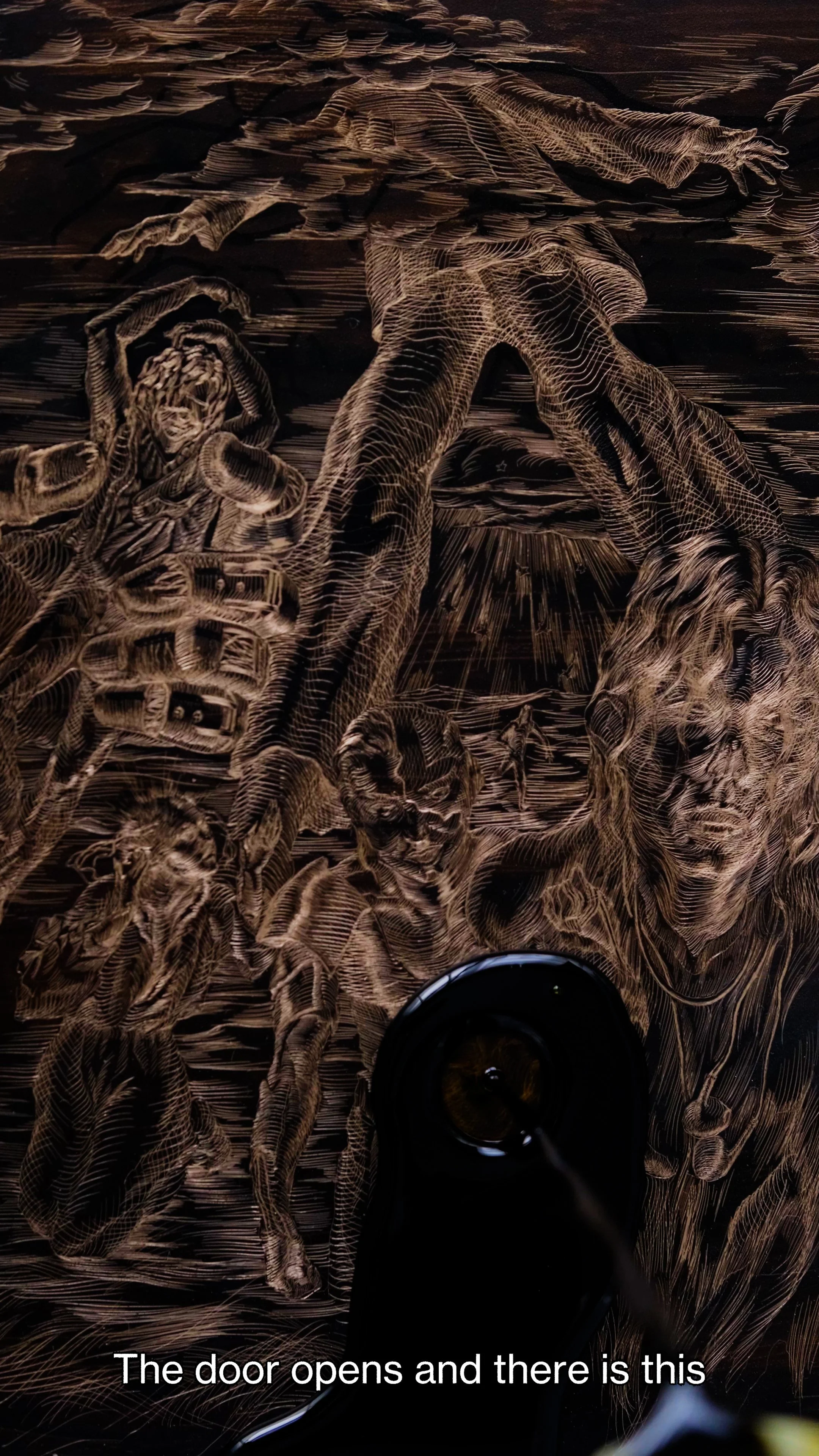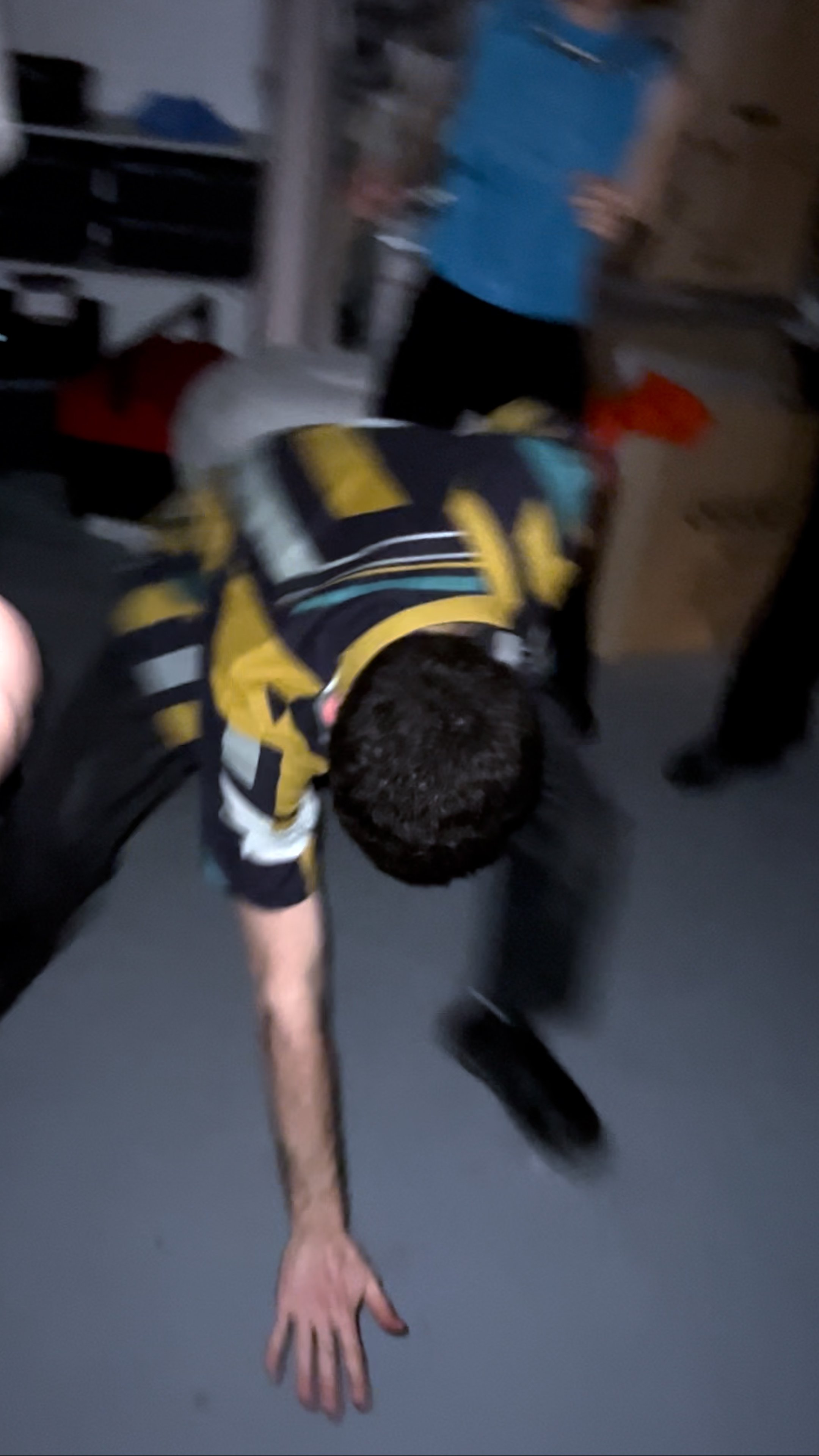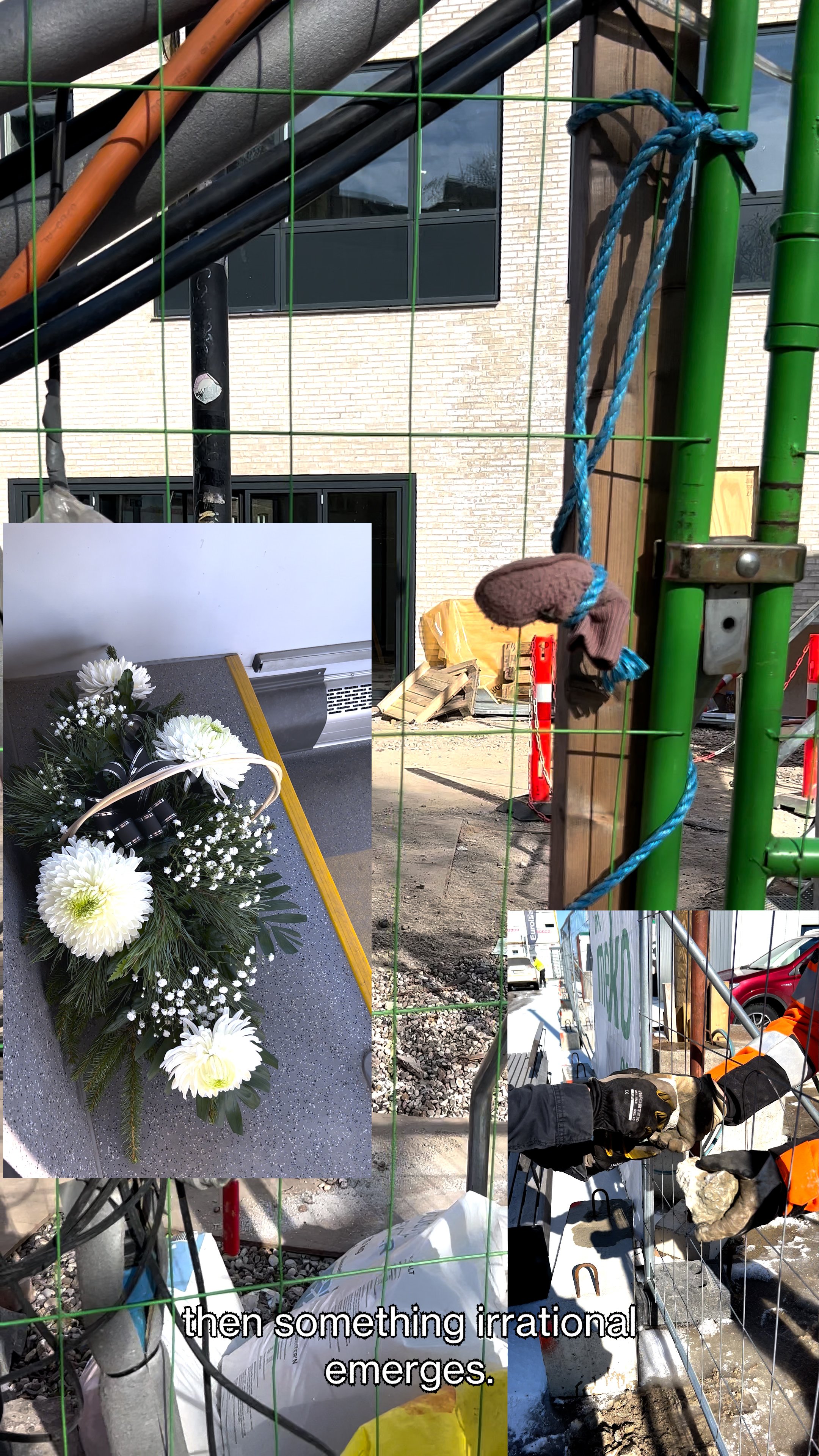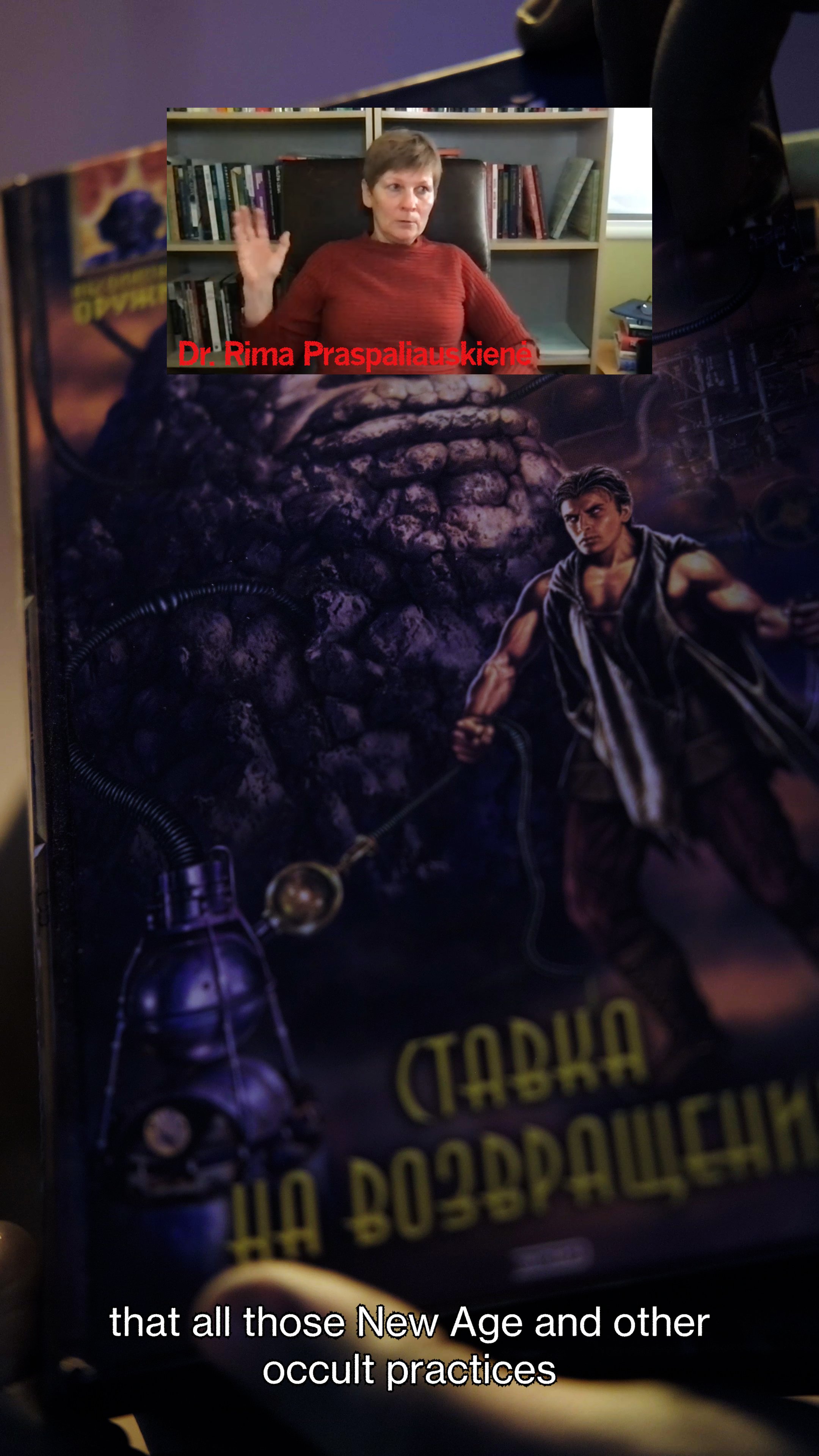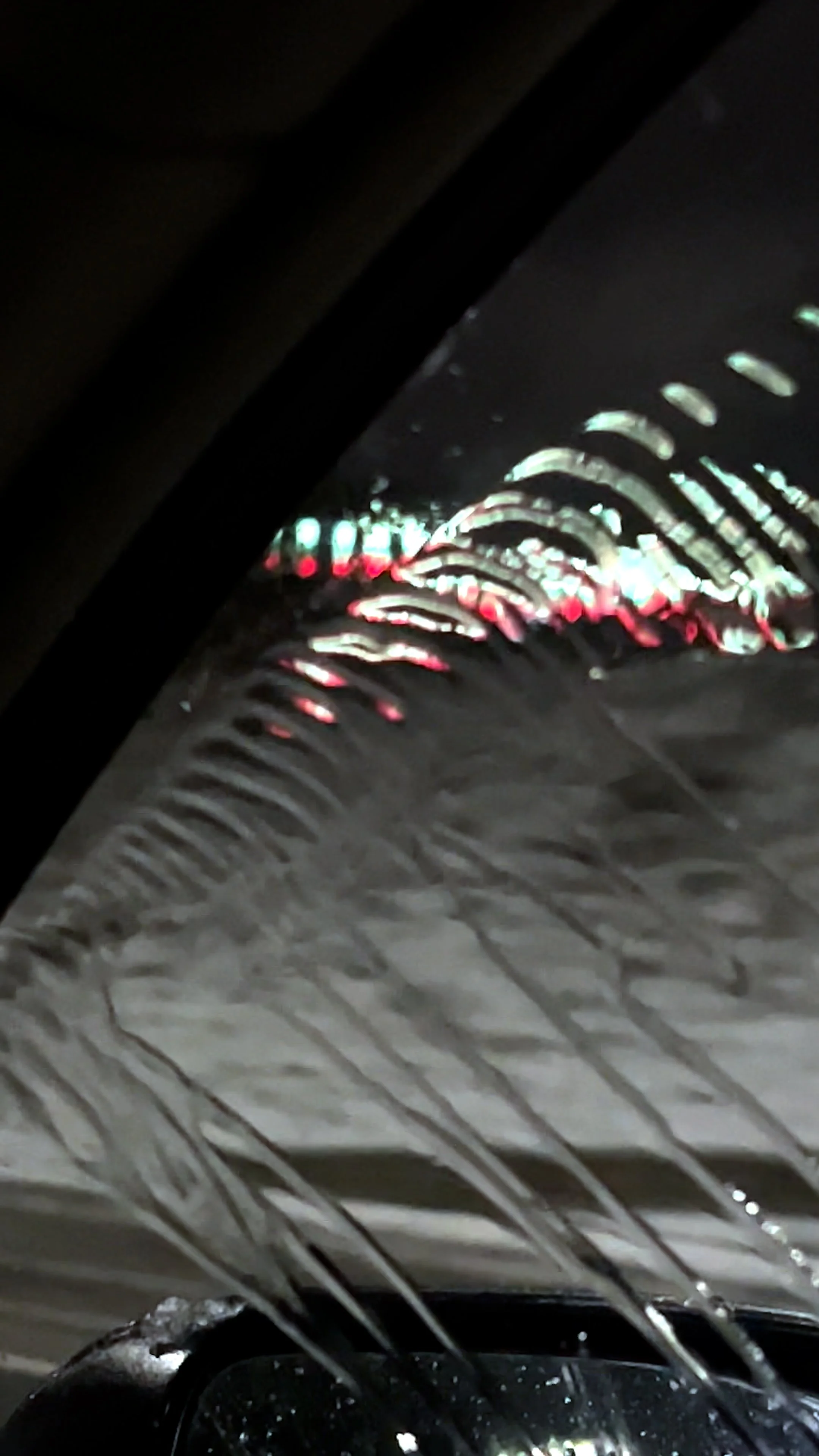Click on the image or press <— / —>
CODERS
Film, sound, 16’30” ———> watch
2022
Commissioned by The National Gallery of Arts (LT) for the group show Difficult Pasts. Connected Worlds.
Coders and series of sculptures Turn our golden faces into the sun; 6AM; And then he summoned me (2022) were part of the the two person show They Say We Are Seeking to Understand What’s Been Going On with Jeremiah Day at SixtyEight Art Institute, Copenhagen, DK
Curator: Caterina Avataneo
Photos: Jenny Sundby
Coders is Anastasia Sosunova’s latest video work, forming part of her ongoing research of the coding practice—a placebo-based stress therapy which is an addiction treatment method created by Soviet therapist Aleksandr Dovzhenko in 1984. Although considered a scientifically questionable practice in the contemporary Western world, coding is still present as an underground practice in Post-Soviet countries to this day and demonstrates the demand for alternative healing practices in contemporary Lithuania. In the 16-minute-long film, a personal account of having tried a coding therapy to quit smoking is intertwined with a cathartic soundtrack by Gediminas Žygus, as well as interviews with psychiatrists, toxicologists, anthropologists and in particular, Egle Rindzeviciute, author of Constructing Soviet Cultural Policy: Cybernetics and Governance in Lithuania after World War II (2008).
The video tells a story of being coded to stop smoking, showing first-person footage gathered by the author. Recounting a journey through the streets, corridors, sessions, calls and meetings, as well as presenting archival footage and conversations with researchers, it aims to understand what it means to be “coded.” What is the relationship between authority and magical thinking? Why are these aspirations to reshape society and the human mind still being employed in programming language? How could we reclaim ownership in the course of healing and transformation?
The blind spots that these questions address, as the artist brings to the fore, permeate technological tools we use and information we consume, forever playing catch up with what is really going on. Whilst trying to find a trace of a particular branch of narcology, Sosunova simultaneously uses it as a lens to view the issues still relevant in the present: what codes haunt the now?
Sosunova’s installation in the exhibition materialises some of the aspects emerging throughout the film. It combines 90s sci-fi cover books with imagery that pays homage to Danish artist Ovartaci's phantasmagorical interior landscapes and "soft" curvy surfaces with deep impressions of traces left by car parts and other technological objects. The artist enhances the point of encounter between optimistic faith in advanced technology and the collective subconscious, also expressed through the cyborg figure. Other than contextualizing the success of coding's "secret society" within Lithuania's esoteric resurgence before the collapse of the USSR – a litmus test of the demand for rituals and other healing methods in a secular society, as well as trust and curiosity about new automated technologies that surfaced at the time – it articulates critical considerations around current technological advancement run by supremacist ideals. The figure of the cyborg is thus associated with another fictional creature: the zombie, deprived of its agency and subjugated by what it cannot understand or control.
The text has been adapted from Caterina Avataneo’s original text featured in ‘They Say We Are Seeking to Understand What’s Been Going On’ (SixtyEight Art Institute, Copenhagen, Denmark).

